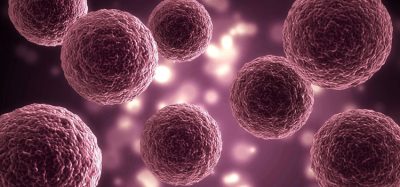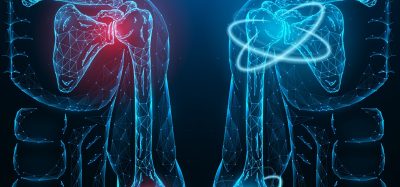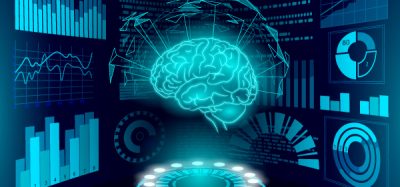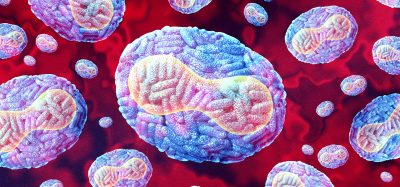ProRNA3D-single: new AI for drug discovery and disease research
Posted: 18 September 2025 | Drug Target Review | No comments yet
Virginia Tech computer scientists have created a new AI tool, ProRNA3D-single, that can generate 3D models of how viral RNA binds to human proteins – a development that could speed up drug discovery.
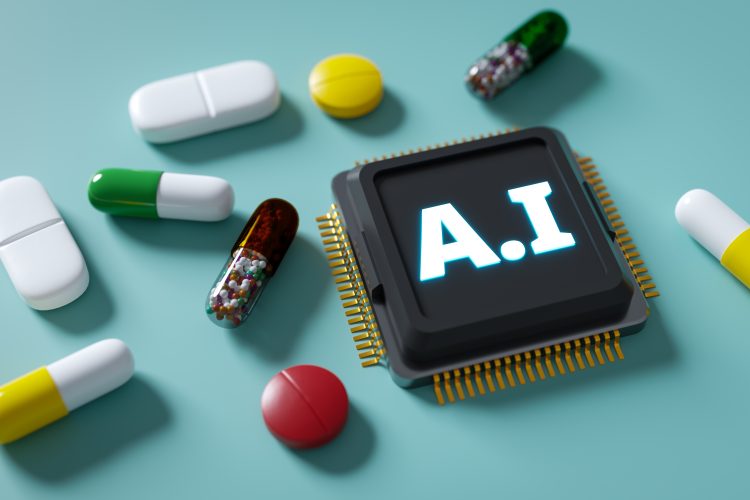

Visualising disease processes in the body is the first step toward helping people who are suffering, however, it’s also the most difficult and costly.
But an artificial intelligence (AI) breakthrough by Virginia Tech computer scientists published in Cell Systems is focussing on those fog-bound processes.
The new ProRNA3D-single tool offers a more accurate way to predict and visualise what’s going on inside us when viruses and neurological diseases attack – opening new pathways to prevention and treatment.
“The ultimate goal is to accelerate the drug discovery process to prevent the RNA viruses from interacting with host proteins, potentially stopping infections before they grow into pandemics or inhibiting altered function of RNA binding proteins in Alzheimer’s disease,” said Debswapna Bhattacharya, Associate Professor of Computer Science at Virginia Tech.
A bilingual ChatGPT for biology
For years, scientists have struggled to understand how viral ribonucleic acid (RNA) binds to human proteins to form complex 3D molecular structures. That’s important because those forms control whether pathogens such as SARS-CoV-2 can spread or if diseases such as Alzheimer’s take hold.
AI systems are helping by creating an ‘alphabet’ to represent DNA, RNA and proteins, which researchers can then use to train large language models (LLMs) for biological sequences. This then allows them to analyse and simulate how these molecules interact in the body.
AI systems are helping by creating an ‘alphabet’ to represent DNA, RNA and proteins, which researchers can then use to train large language models (LLMs) for biological sequences.
But ProRNA3D-single goes further than alphabets, it uses AI to generate finely detailed images of these molecules in 3D.
“The bio LLMs are basically like ChatGPT, but for biological sequences. And just like ChatGPT, we can ask our models questions and get answers,” Bhattacharya said.
The Virginia Tech team combined two existing biological LLMs – one for proteins and another for RNA sequences – and created a third model that allows these LLMs to ‘talk’ to each other. Out of those interactions, ProRNA3D-single can generate 3D structural models of viral RNA interacting with proteins in the body.
“This is basically a neural pairing of two different large language models, leading to bilingual reasoning,” Bhattacharya said. “From a computer science standpoint, that’s a contribution in itself.”
Even recent breakthrough AI models developed by Google DeepMind and others have fallen short of accurately predicting protein-RNA complex 3D structures, leaving researchers reliant on costly trial-and-error experiments. The new method, however, has significantly increased accuracy.
Bringing disease into focus
Little is known about how novel viruses such as SARS-CoV-2 evolve or how conditions such as dementia develop at the molecular level. ProRNA3D-single helps fill those gaps, generating more accurate maps of the inner biological landscape.
Instead of guessing, drug developers can now analyse where viruses attach to human proteins and design treatments to block them – potentially cutting the time and cost of interventions while speeding up responses to outbreaks.
Instead of guessing, drug developers can now analyse where viruses attach to human proteins and design treatments to block them
“If you remember the COVID-19 pandemic and the mRNA-based vaccine that actually helped a lot – that vaccine worked because it was an RNA-based therapeutic,” said Sumit Tarafder, a fourth-year PhD student on the project. “Modelling of protein-RNA interactions in 3D is crucial, so that we know where the drug can actually target molecules that cause disease.”
By generating new data about RNA-protein interactions, ProRNA3D-single also lays the foundation for new treatments for a wide range of diseases.
While the Virginia Tech team used viruses as a case study, “the method is fully generic. It’s not specific to a single type of virus or a family of viruses,” Bhattacharya said. “This method can be applied to any use case.”
Open science, global impact
With funding from the National Institutes of Health and National Science Foundation, the project reflects science conducted in the public interest. Both the research paper and the tool itself are being made freely available.
“We can’t overstate the importance of investing in science to benefit society. We believe that openness is the key to making science accessible to everybody,” Bhattacharya said. “Taxpayers fund us, so we have an obligation to give back, which is why we make our work open source and publicly available.”
The Virginia Tech team plans to continue refining the tool to improve accuracy and deliver even more detailed models of biological processes.
“We should constantly remind ourselves the problem is far from being solved,” Bhattacharya said. “We made progress, yes, but we’re mindful of the fact that these models have a long way to go.”
Related topics
Artificial Intelligence, Disease Research, Drug Discovery, Drug Discovery Processes, Molecular Biology, Protein, Proteogenomics, RNAs, Structural Biology, Translational Science
Related conditions
Alzheimer's, SARS-CoV-2
Related organisations
Virginia Tech




